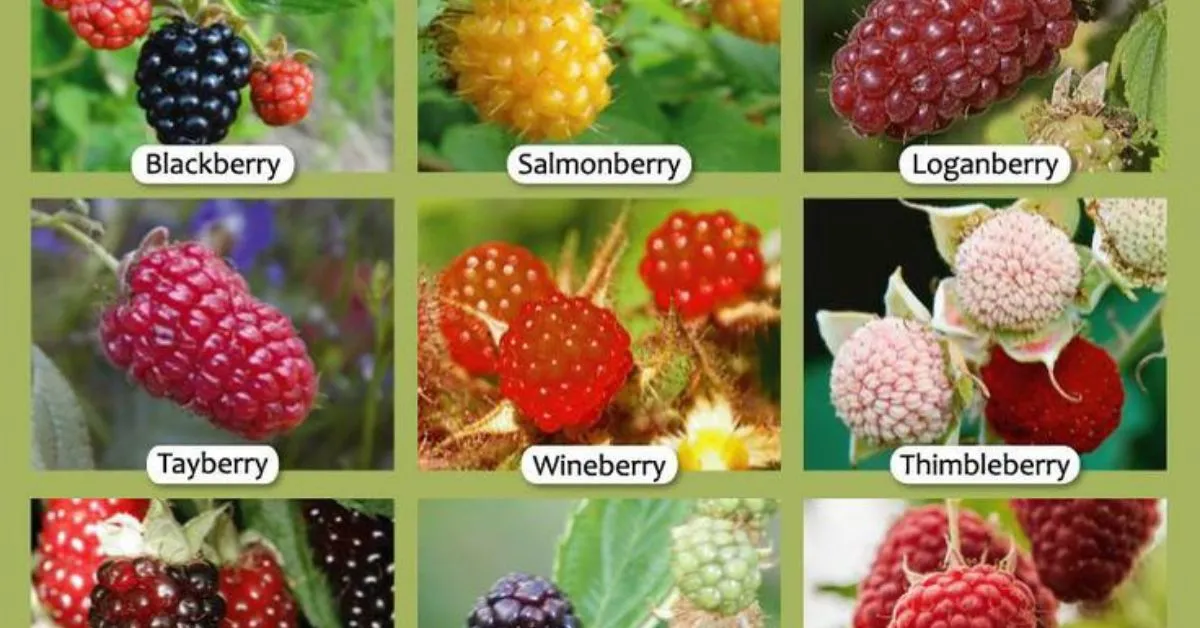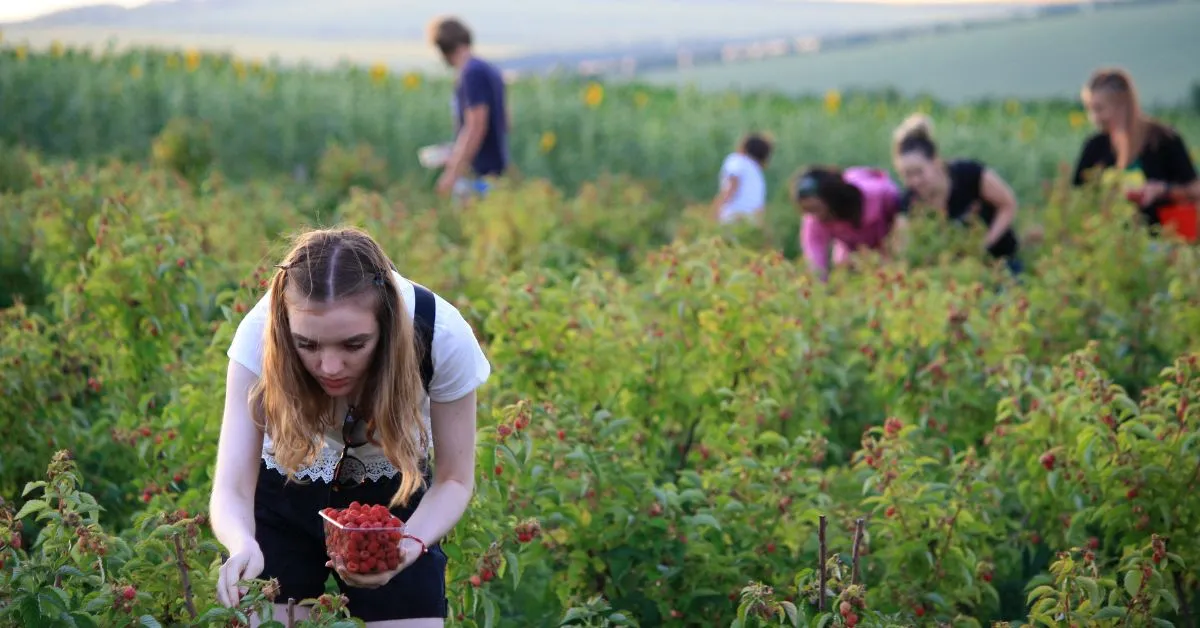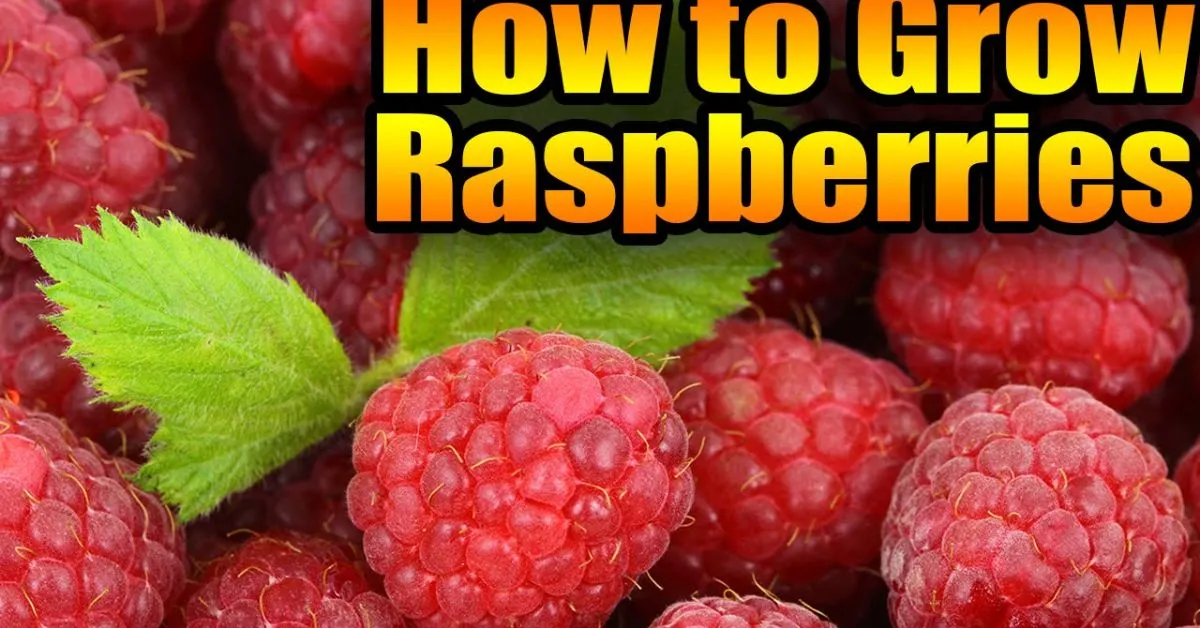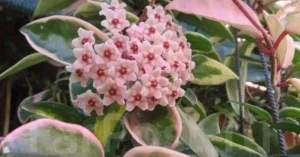Ever plucked a sun-warmed raspberry from the bush and taken a bite. That blast of sweet-tart flavor is unmatched. I have been growing raspberries in my backyard for years and I am absolutely certain they are one of the plants that bring the most satisfaction to home gardeners.
You don’t need rows of land or a sketchy botany background to cultivate these sweet delicate fruits. Raspberry plants flourish in nearly every climate and, in fact, yield more fruit each year they are established. After only two canes in a patch of my yard, I’m now able to swim in berries every summer.
The only requirements are good soil, regular watering, and some basic support to hold them upright. With a little effort, you will be able to enjoy garden-fresh raspberry jam, frozen smoothie berries, or even straight berries right from the garden. I assure you, after cultivating your own, store-bought berries will simple a dull option in comparison.
Choosing the Right Location
Raspberries enjoy hot weather, though they will always seek shade during the afternoons. I’ve noticed these plants perform best when provided six full hours of direct sunlight every day. This is essential for the fruits to develop that sought-after sweet-tart flavor.
So that fungus will not afflict the plants, select a site which is well aerated as well as sheltered from strong winds that may injure the canes. Your berries will prosper away from wild brambles which are likely to carry diseases and away from places where you have recently planted tomatoes, potatoes, or eggplants.
Preparing the Soil
Raspberries demand well-draining soil rich in organic matter. I always work in plenty of compost before planting, creating a slightly acidic environment with a pH between 5.5 and 6.5 that makes these berries absolutely flourish.
Testing your soil before planting saves headaches later. Remove all weeds and their roots thoroughly, then dig the planting area about 12 inches deep. This extra effort pays off with stronger plants and heavier harvests for years to come.
Types of Raspberries to Grow

- Depending on the second-year canes during the early to mid-summer, the summer-bearing (floricane) varieties yield one abundant crop.
- Premanobearing (primocane) types bear fruits from the first-year canes. There is often a summer harvest as well as a fall crop the next year.
- Raspberries like ‘Heritage’ and ‘Caroline’ not only are excellent in most growing zones but also have exceptional hardiness and classic flavors.
- Diseases are fought off by black raspberries, such as ‘Cumberland’ and ‘Bristol’, while providing distinct flavors.
- Outstanding jam making qualities are possessed by purple varieties such as ‘Royalty’, which blend the characteristics of both red and black types.
- Children specially adore the yellow or gold cultivars ‘Anne’ and ‘Fall Gold’ for their sweeter, less acidic flavor.
- If diseases have been an issue in your region, control consider disease resistant varieties such as ‘Killarney’ for further assistance.
- Think about using Joan J thornless cultivars for easy harvesting which especially help when gardening with children.
- Keep in mind that mixing early, mid-season, and late bearers helps extend the harvest season over several weeks.
- Always recommend checking the specific climate condition zones for specific region performing varieties.
Planting Raspberry Canes
Once the soil can be worked in early spring, plant dormant canes. To ease harvesting and make sure there is enough room left for further growth, I plant summer-bearing cultivars in rows that are approximately two feet apart and six feet apart.
Create beatiful holes wide enough to spread the roots naturally, then position the plants at which the old soil line sits 1-2 inches below the surface. Make sure that the water is abundant after planting and apply mulch to retain moisture and suppress weed growth. Though small, your tiny canes will look cute at the start, but surge at growth once the warm weather arrives.
Watering and Mulching
- Provide 1-2 inches of water weekly during the growing season, adjusting for rainfall and temperature.
- Water at soil level rather than overhead to prevent fungal diseases on foliage and fruits.
- Apply water deeply and less frequently to encourage deep root growth and drought tolerance.
- Maintain a 2-3 inch layer of organic mulch like straw or wood chips around plants year-round.
- Extend mulch in a 2-foot radius around plants but keep it pulled back slightly from canes to prevent rot.
- Refresh mulch annually in spring after fertilizing to suppress weeds and conserve soil moisture.
Supporting the Plants
Raspberries yearn for sunlight, but in hot climates they value afternoon shadow. They grow best with at least six hours of direct sunlight every day, which lets their fruits develop the ideal sweet-tart balance we all enjoy.
Look for a location with good air circulation to ward against fungal diseases; yet, sheltered from strong winds that might compromise canes. Your berries will flourish in a distance from wild berries, which might carry diseases, and away from areas where you have lately grown potatoes, eggplants, or tomatoes.
read more :How to Care for a Spider Plant: Easy Guide for Beginners
Fertilizing Raspberries
- Apply a balanced organic fertilizer (10-10-10) in early spring when new growth begins emerging.
- Side-dress established plants with compost in late spring to provide slow-release nutrients.
- Avoid high-nitrogen fertilizers which promote leafy growth at the expense of fruit production.
- Sprinkle a handful of bone meal around each plant in fall to support root development over winter.
- Watch leaf color—yellowing often indicates nitrogen deficiency while purplish leaves suggest phosphorus issues.
- Conduct a soil test every three years to identify specific nutrient needs and adjust your fertilizing schedule.
Dealing with Pests and Diseases
| Pest/Disease | Symptoms | Prevention | Treatment |
| Japanese Beetles | Skeletonized leaves with only veins remaining; adults are metallic green/bronze | Plant companion herbs like catnip and garlic; use row covers during peak season | Hand-pick beetles in morning when sluggish; apply neem oil every 7-10 days |
| Spider Mites | Stippled yellowing leaves; fine webbing on undersides of foliage | Maintain proper humidity; avoid drought stress; encourage predatory insects | Spray plants forcefully with water; apply insecticidal soap to undersides of leaves |
| Gray Mold (Botrytis) | Fuzzy gray growth on fruits; berries turn soft and rotten | Improve air circulation; avoid overhead watering; harvest frequently | Remove infected fruits immediately; apply copper fungicide in wet conditions |
| Raspberry Mosaic Virus | Mottled yellow patterns on leaves; stunted growth; reduced yield | Plant certified disease-free stock; control aphids which spread the virus | No cure – remove and destroy entire infected plants; disinfect tools between cuts |
| Root Rot | Yellowing leaves; stunted growth; roots turn brown and mushy | Plant in well-draining soil; avoid overwatering; use raised beds in heavy soils | Improve drainage immediately; apply beneficial fungi like Trichoderma to soil |
| Anthracnose | Purple lesions on young canes; sunken gray spots with purple margins | Maintain open plant structure; clean up fallen debris; avoid overhead irrigation | Apply lime sulfur spray during dormancy; remove heavily infected canes |
| Raspberry Fruitworm | Small white larvae inside berries; adult beetles eat holes in leaves | Rotate crops; remove nearby wild hosts; maintain clean garden area | Apply diatomaceous earth around plants; use floating row covers during egg-laying |
Harvesting Raspberries

- Pick raspberries in the morning when temperatures are cool to maximize shelf life and flavor intensity.
- Gently roll berries into your hand rather than pulling them; ripe ones detach easily with minimal pressure.
- Harvest every two to three days during peak season to prevent overripe berries from spoiling on the canes.
- Never wash berries until right before eating them; moisture accelerates spoilage.
- Store harvested berries in shallow containers lined with paper towels to absorb excess moisture.
- Eat fresh berries within two days or freeze them immediately for long-term storage
Storing and Using Your Raspberries
Fresh-picked raspberries are delicate little things that won’t hang around long. Pop them in the fridge unwashed and they’ll last about three days—if you can resist eating them! For longer storage, freeze them in a single layer on a baking sheet before bagging them up.
Turn your berry bounty into jams that’ll brighten winter mornings or smoothies that’ll make your neighbors jealous. Fold them into muffin batter or sprinkle them over ice cream. Got too many Lucky you! Raspberry vinegar makes amazing salad dressings, while berry-infused vodka creates summer cocktails that’ll wow your friends. Every single berry is worth its weight in gold.
Frequently Asked Questions
How long until my raspberry plants produce fruit?
You’ll typically see your first berries in the second year after planting, though everbearing varieties might give you a small crop in the first fall.
Do raspberry plants need full sun?
Yes! Raspberries need at least 6-8 hours of direct sunlight daily for the best fruit production and plant health
How often should I water my raspberry plants?
Water deeply once a week, providing about 1-2 inches of water. More during extreme heat or drought conditions, less during rainy periods.
Can I grow raspberries in containers?
Absolutely! Use a large pot (at least 15 gallons) with excellent drainage, and choose compact varieties specifically bred for container growing.
How do I know when raspberries are ripe?
Perfectly ripe raspberries will pull away from the plant with gentle tugging. They should be fully colored, plump, and come off easily without resistance.
Conclusion
With little work and lots of benefits, growing raspberries at home turns your garden into a berry paradise. No grocery store can compare to the connection you form with your food during the journey from planting those first canes to harvesting handfuls of sun-ripened berries.
Kids and adults will love your raspberry patch as a family favorite place where they can snack straight from the canes. The berries taste far better than store-bought— sweeter, juicier, and bursting with that distinct raspberry scent only from perfectly ripe fruit.
Your raspberry plants will pay you for years to come with just a little care every season—some pruning here, a splash of water there. Natural multiplication of them will provide more plants for your patch or sharing with friends. Start small, learn as you grow, and soon you’ll find yourself wondering how you could have lived without these amazing plants in your yard.




